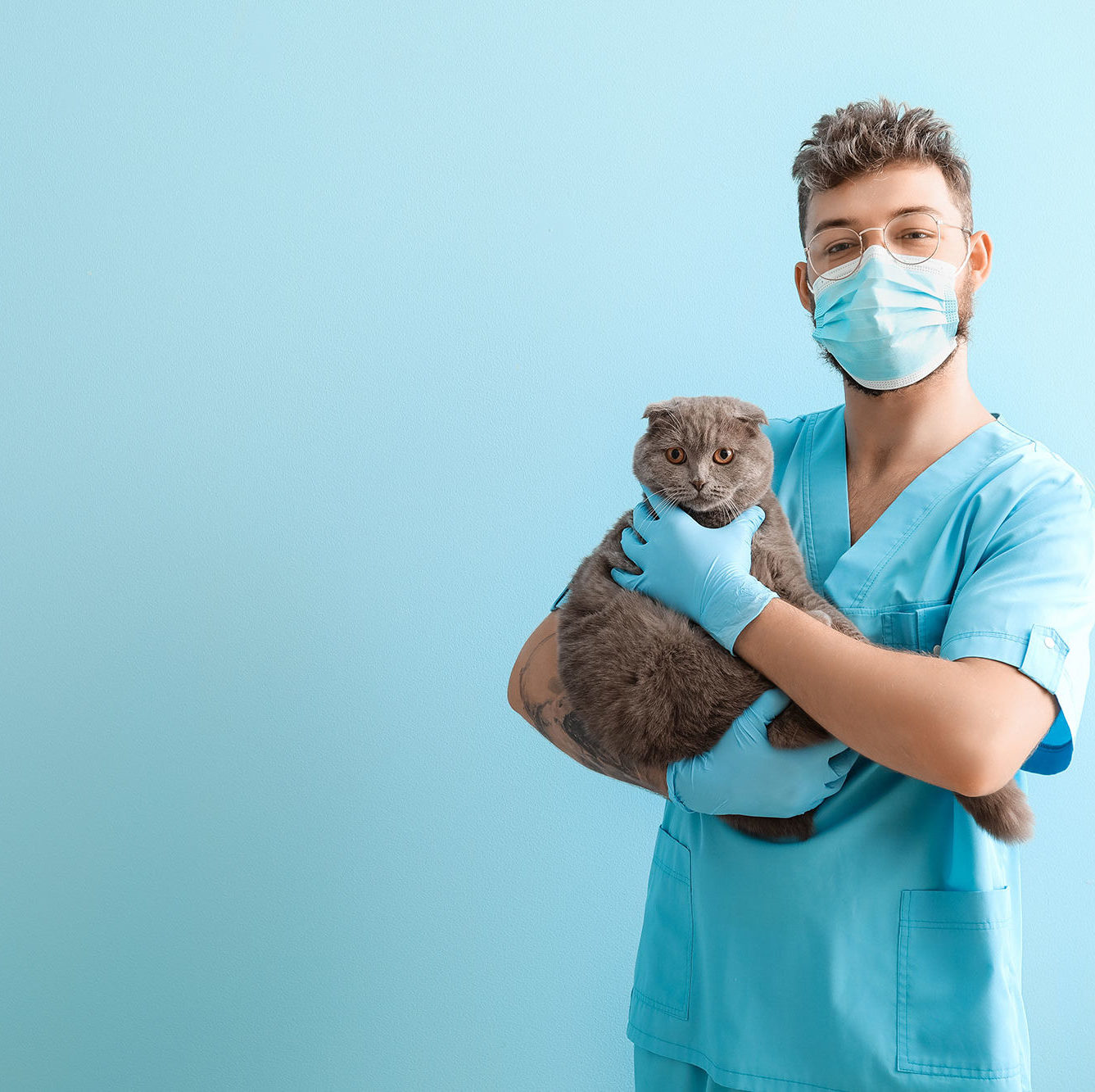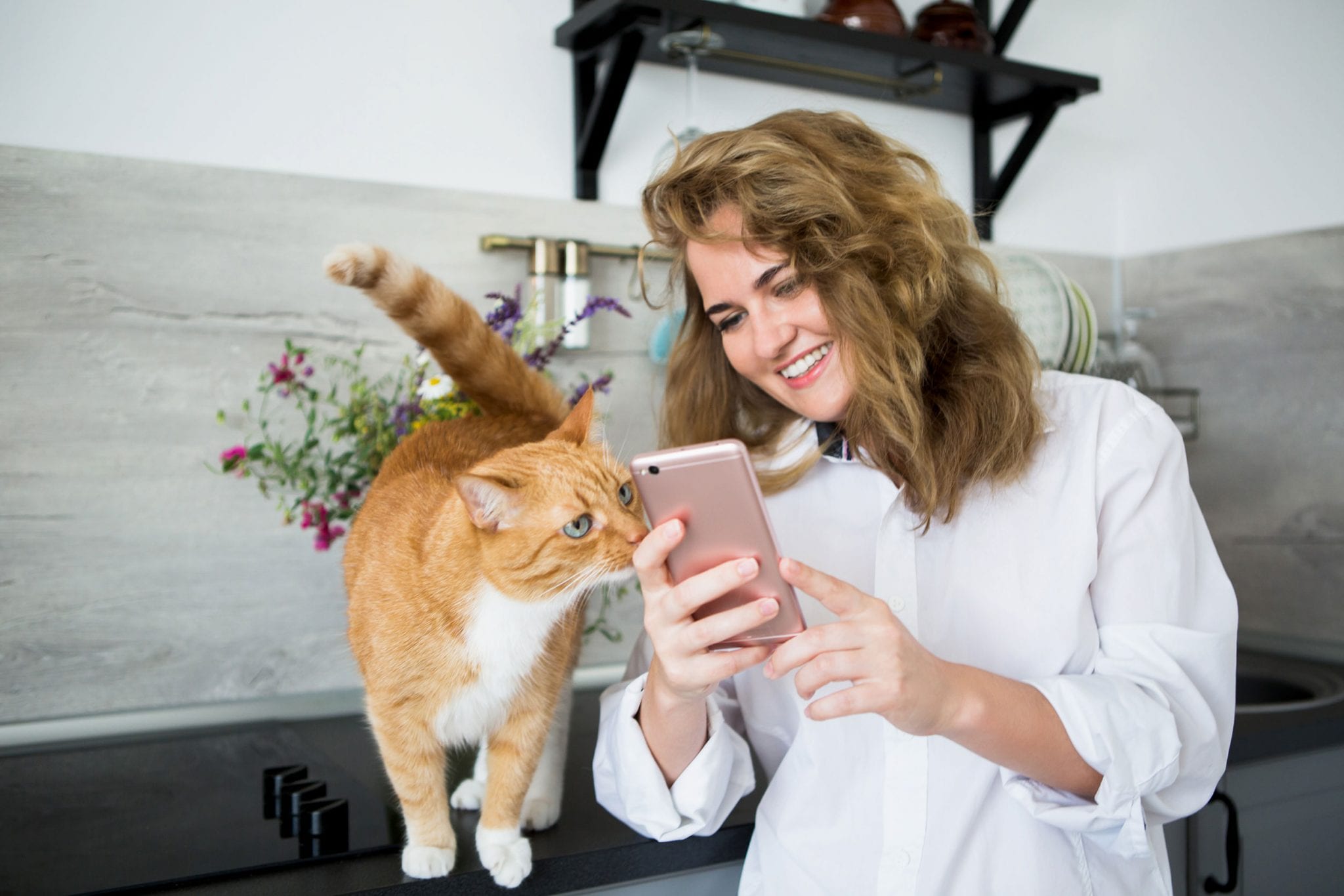A tale of teletriage
Five years ago, I received an evening call from a family friend whose dog Bodhi, a mixed breed, two-year-old neutered male Labrador, suffered what seemed to be a mild seizure. While my friend was in transit to a nearby emergency animal hospital, I advised him that the episode wasn’t as serious as he feared and he could wait until the next morning to bring Bodhi to my practice.
That experience of utilizing the most basic form of telehealth—the telephone—sparked the idea of bringing the benefits of a more sophisticated and automated teletriage solution to my practice, one that would enable me to provide the same high-level care to all my clients and patients. Since then, we have developed Petriage, an integrated telehealth platform that helps clients assess the urgency of care 24-7. The platform’s AI symptom-analysis tool informs the client and notifies their veterinary team of their patients’ status. Following the algorithmic recommendation, clients can request to interact with their veterinary team during the hospital’s set telemedicine hours.
In real time, clients can communicate via live video or upload text, pictures, and video via instant messaging within the app. This keeps the veterinary team in the loop, ensuring continuous care and avoiding delayed care and unnecessary ER visits. Perhaps most importantly, it enriches client experience and drives business back to the brick-and-mortar hospital
Telehealth is not a replacement for the brick & mortar, but rather a powerful tool to augment it. At the heart of the Petriage platform is the “cycle of care” which entails the core features of AI-driven teletriage, telemedicine, and telemonitoring. Each feature is woven into the workflow of the clinic and fully integrated into the medical record.
Petriage Analysis – AI Driven Teletriage
- Client initiated
- Real-Time, actionable information 24/7
- No diagnosis rendered, only recommended urgency level
- Notifies client and practice of recommendations
- Non-Threatening: No medical attention is required. Observe pet for now
- Worrisome: Unless resolved, issue should be addressed within the next 2-3 days
- Urgent: Pet must receive medical attention within 12-24 hours
- Emergency: Pet must receive medical care immediately
- Seek Medical Advice: May or may not be an emergency. Input from a veterinary professional or poison control is needed immediately
- Continually vet-validated learning algorithm
- 99% accurate as validated by vets using the platform
eConsult – Telemedicine
- Consult with clients via live-video or in-app synchronous/asynchronous chat:
- Gather additional information following teletriage
- Facilitate curbside exam
- Update clients on hospitalized patients
- Share multimedia (including photo & video)
- All communications uploaded to PMS via integration
- 75% of consultations result in physical exams
eCheck – Telemonitoring
- Clinic initiated
- Monitor ongoing patient progress:
- Post exam
- Post surgery
- Post hospitalization
- Improve post-care follow ups & increase compliance
- Schedule client reminders for follow-up diagnostics & exam
- Share multimedia (including photo & video)
The Benefits of Telehealth
Improved Patient Outcomes
- Clients often underestimate, misinterpret, and overly focus on coming up with a diagnosis, which can lead to unnecessarily delayed and/or urgent/emergency care, as well as economic euthanasia. The ability for clients to remotely engage their family vet early on can dramatically reduce this problem.
- Telemonitoring keeps treatment/diagnostic plans top of mind for clients, making it easy for them to update the veterinary team on their patients progress post surgery, hospitalization, and exam. This greatly increases compliance as well as improves medical outcomes.
Enriched Client Experience
- By embracing telehealth you can provide your clients with peace of mind, by virtue of knowing they can get a consistent assessment of their pet’s health by a veterinary team that knows them and their pets best.
Enhanced Clinic Workflow & Efficiency
- Frees phone lines and reduces holds times, thus minimizing stress related to both clients and staff
- We are all familiar with the phone call an hour before the clinic is closing, about a cat who hasn’t eaten in a week. Teletriage/telemedicine allows you to get involved early on and better manage incidents in which clients either under or overreact to their pet’s medical issues.
- Utilization of a chat based telemedicine platform eliminates time spent transcribing conversations into the medical record
- Empowers and leverages support staff, allowing for an increased caseload, while lowering stress on DVMs
- Reduces the burden placed on front-desk staff, as well as potential conflict with clients regarding the urgency of care, by using teletriage for pre-appointment screening
- Teletriage provides you with signlamnet and a complete history of the case, without the need for inefficient back and forth communication between the vet, receptionist, and the client via the phone.
- Improves practice workflow and efficiency by allowing strategically scheduled appointments based on information provided by telemedicine, thus minimizing last minute urgent care cases.
- Telemonitoring replaces the need for time consuming recheck phone calls, which often result in playing phone-tag.






Responses